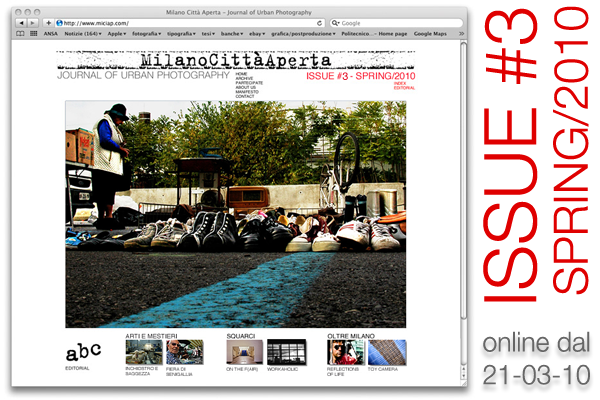"The last love poem to cities In the moment it gets harder and harder to live them as cities." *
As part of a larger project that became the exhibition Crisalide. Photographic narrations of the invisible city n 2008 and inspired by the well-known book by Calvino, the night cycle Ex pascoli tries to give a shape to a sort of deposit hidden in between Calvino’s pages. Understanding the complex dynamics of evolution of the contemporary city, the unusual travel literature of Invisible cities soon changes to a phenomenology of possibility, through an effective method of analysis of urban composition: the investigation starts from a critical vision of urban landscapes and guts it open to then stretch it out in a photographic narration aiming to undress this “crisalide pezzente”**. This way a contemporary megalopolis decomposes itself, showing the happy nucleus hiding inside the unhappy city, and photography, recording the invisible, becomes an index carrying the signs of urban crisis and the promise of its ransom.
Exploring “lo spazio che s’estende”*** between Milan and Como, with my attention focused on a few extraordinary buildings, meant understanding the enormity of that “cement fever” slowly converting the natural landscape in an an-aesthetic one. The absence of people in night hours invests the city with a quiet allure where incredible industrial ogres appear, symptoms of a race to the occupation of spaces and of a deprivation of breathing room for what was there before. The camera meets sudden visions of non-mimetic buildings, embodying an ideal of domination over Nature and the dialectic size-imposition: the way rubbish is eaten and turned into new products looks like a symbol for the independence or assumed omnipotence of such machineries. The speed in the conquering of pastures is accompanied by what Calvino defined in American lessons an embarrassing “slowness of the human conscience to come out of its anthropocentric parochialism”.
* From a Calvino's lecture in New York, 1983.
** “miser chrysalis”
*** “the space stretching”


